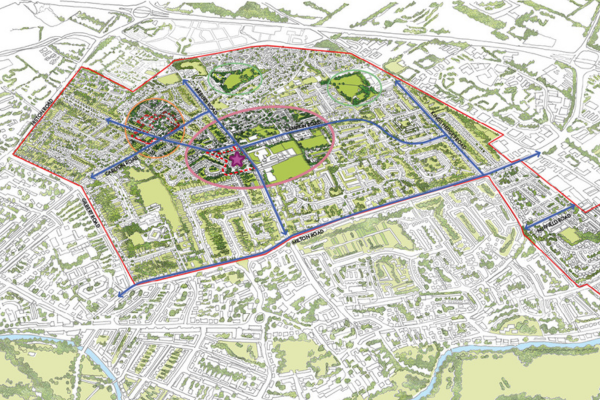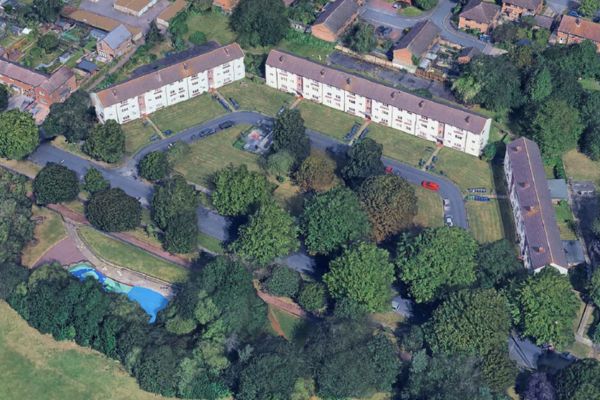Greater Cambridge is a major growth area. We expect large-scale development and population increase in the next 10 to 20 years. We have committed to deliver continued air-quality improvements despite this growth. Air quality has a direct impact on people’s health, so improving it is a priority for the government and for us.
Air quality in Cambridge has improved in recent years, enabling us to revoke the air-quality management area in January 2025. We have committed to work to the WHO’s air-quality guidelines to continue improving it. The Greater Cambridge Air Quality Strategy [PDF, 0.7MB] describes how we will do this.
The National Planning Policy Framework requires you to identify ways to improve air quality at the design stage. We encourage you to do the same for the construction and operation phases, to minimise emissions from buildings and traffic.
Air quality is a material consideration under planning. The following documents provide detail on measures that developers should consider at the design stage. These measures will help to minimise the impact of development on air quality.
- The Cambridge Local Plan considers air quality under Policy 36 (air quality, odour and dust).
- The Greater Cambridge Air Quality Strategy [PDF, 0.7MB] includes our plans for delivering continued air-quality improvements.
- The Greater Cambridge Sustainable Design and Construction SPD reinforces this.
Chapter 3.6 of the SPD explains how the planning process considers air-quality and air-pollution issues. It can help you prepare the necessary documents before you submit an application and decide whether you need an air-quality assessment.
You must include an air-quality statement with all developments except household applications. The statement must show how your development design will minimise its impact on air quality. It must also include how you will ensure existing air quality is suitable for the proposed use. The SPD includes a template for the statement.
All major developments should complete a sustainability checklist – see appendix 1 of the SPD. You might need a detailed air-quality assessment including dispersion modelling if your design meets any of the air-pollution criteria.
Electric vehicle charging points in commercial developments
We expect all new commercial development to provide electric vehicle charging points.
The Sustainable Design and Construction SPD requires you to provide both active and passive charging. The mix of charging rates you choose should reflect the requirements of the intended site users.
You must consider the following as early as possible in the design of the site:
- how many charging points to provide
- intentions for active and passive charging provision
- location and layout, including placement of infrastructure
- charging rates of active charging points (slow, rapid or fast)
- power supply availability



